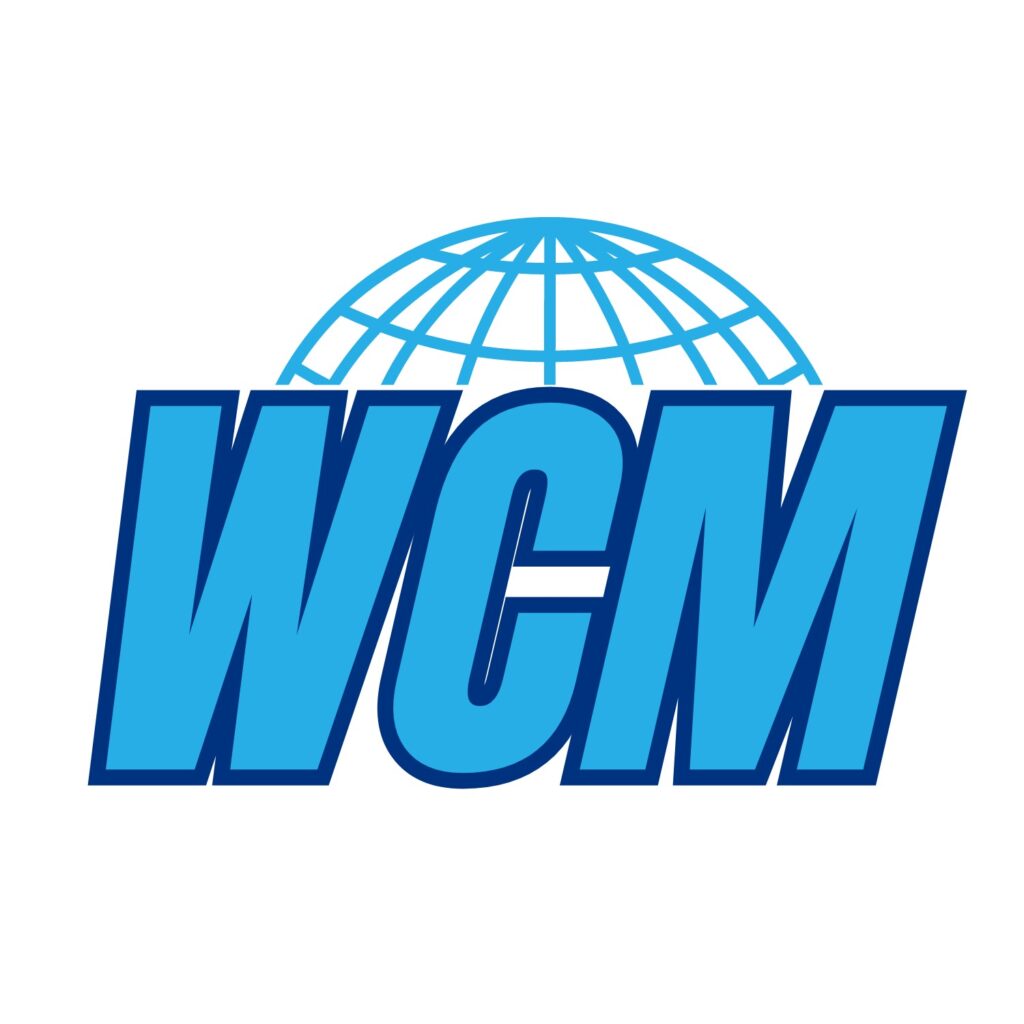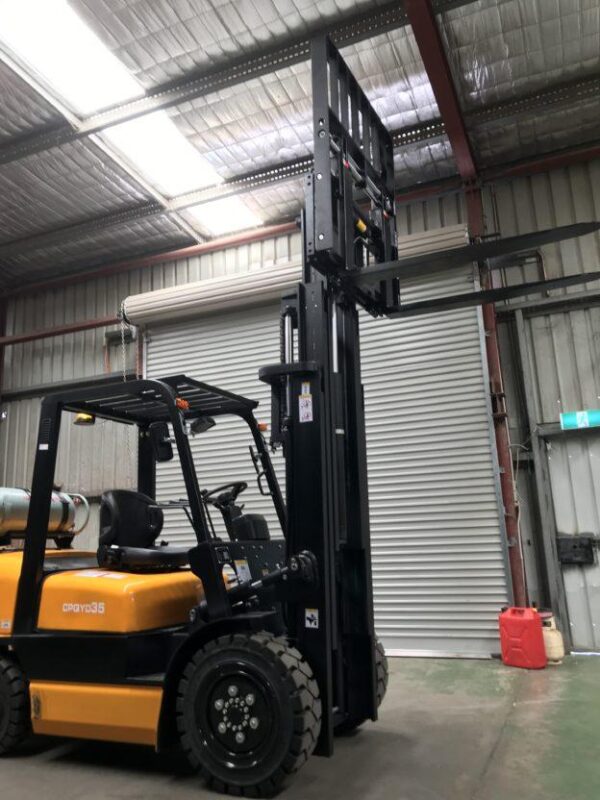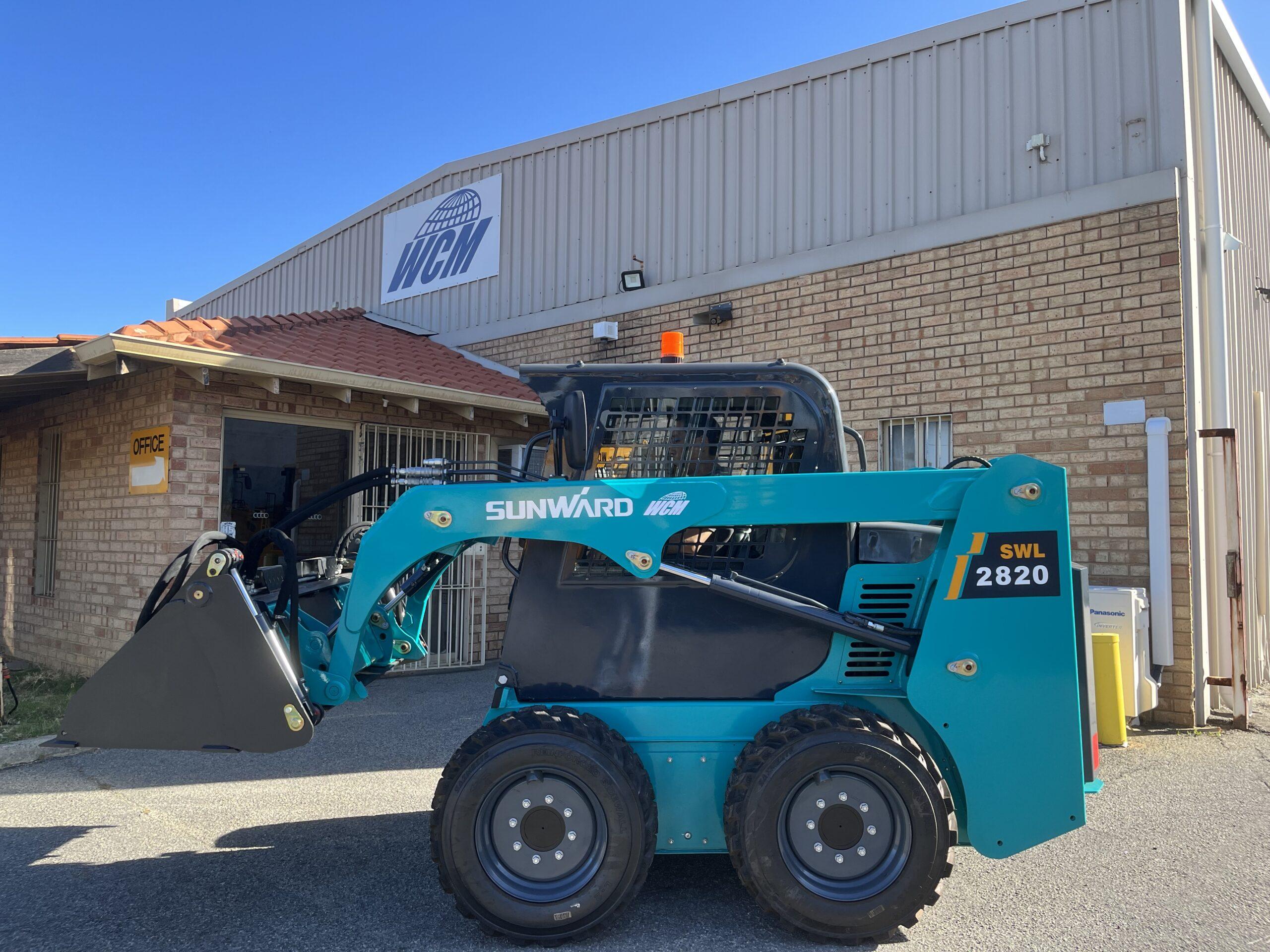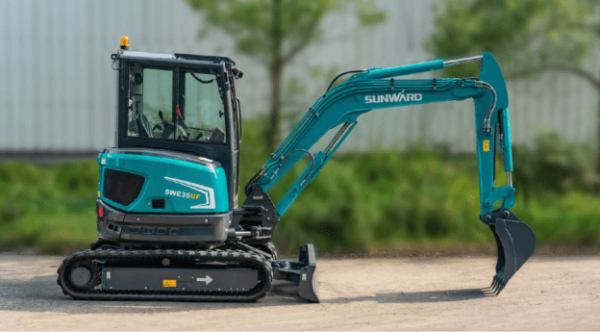Embarking on the journey of forklift operation? This beginner’s guide is tailored to provide essential insights for mastering the basics of forklift utilization. Whether you’re a novice or seeking a refresher, let’s dive into the key fundamentals of safe and effective forklift operation.
Understanding Forklift Types
To truly unleash the potential of your forklift, delve into the specifics of the machine you’re operating. The forklift manual is a treasure trove of detailed specifications, guiding you through its intended applications. Knowing your forklift type isn’t just a pro tip; it’s the key to maximizing efficiency for each unique task.
Tip: Understanding your forklift type ensures you’re not just using a tool but harnessing a tailored solution for each job.
Forklift Controls
The heartbeat of your forklift lies in its controls. From the steering wheel to levers, pedals, and dashboard indicators – each element plays a vital role. Practice makes perfect, especially in an open area before the heavy lifting begins. Mastering these controls isn’t just crucial; it’s the cornerstone of safe, efficient forklift operation.
Tip: Control mastery transforms you from an operator to a maestro, orchestrating the symphony of your forklift’s movements.
Load Handling Techniques
Loading and unloading becomes an art when you approach it with finesse. Square up to the load, centre the forks underneath, tilt them slightly backward before lifting and maintain a low profile for stability. The smooth handling of loads isn’t just a safety measure; it’s the hallmark of a forklift virtuoso.
Tip: A gentle touch isn’t just about safety – it’s the secret to preserving both your cargo and the longevity of your forklift.
Load Capacity Awareness
Your forklift has its limits, and knowing them is paramount. Consult the manual for weight limits, and never push beyond. This isn’t just a safety precaution; it’s a guarantee against instability and potential accidents. Checking the weight and distribution is more than a tip; it’s your safety net.
Tip: Understanding weight limits isn’t just about avoiding accidents – it’s a commitment to a secure and incident-free workspace.
Safe Travel Practices
Navigating the forklift through the warehouse streets requires finesse. Controlled speed, adherence to traffic routes, and a friendly honk at intersections are more than just practices; they’re the code of conduct for forklift operators. Ensuring a clear line of sight isn’t just a safety protocol; it’s a pledge to a hazard-free journey.
Pedestrian Safety
Shared spaces demand cooperation. Yielding to pedestrians, using designated walkways, and establishing clear communication aren’t just protocols; they’re the building blocks of a safe working environment. Maintaining a safe distance and open communication isn’t just a tip; it’s a commitment to shared safety.
Parking and Shutdown Procedures
Parking your forklift isn’t just a routine; it’s a ritual. Engaging the parking brake, lowering the forks, and turning off the ignition isn’t just a procedure; it’s a promise of safety and security. Choosing a secure parking spot isn’t just a tip; it’s the final touch to a day of productive forklift operation.
Operator Training and Certification
Becoming a forklift operator isn’t just a role; it’s a responsibility. Comprehensive training in safety protocols, operational techniques, and basic maintenance awareness isn’t just a requirement; it’s the foundation of a skilled operator. Obtaining proper certification isn’t just a formality; it’s a badge of honour for safe forklift operations.
Maintenance Awareness
Being aware of routine checks isn’t just a task; it’s a commitment to your forklift’s well-being. Checking fluid levels, monitoring tire conditions, and reporting issues promptly aren’t just obligations; they’re the acts of a vigilant operator contributing to the overall maintenance.
Tip: Operator awareness isn’t just about checking; it’s a testament to your forklift’s peak performance.
Emergency Procedures
In the heat of an emergency, staying calm isn’t just advice; it’s your superpower. Following safety protocols become more than a routine; it’s your shield against potential harm. Knowing the emergency procedures for your forklift isn’t just awareness; it’s your compass guiding you through unexpected situations.
In conclusion, navigating the world of forklift operation goes beyond just understanding the basics – it’s about embodying a commitment to safety, efficiency, and a workplace culture that prioritises the well-being of everyone involved.





